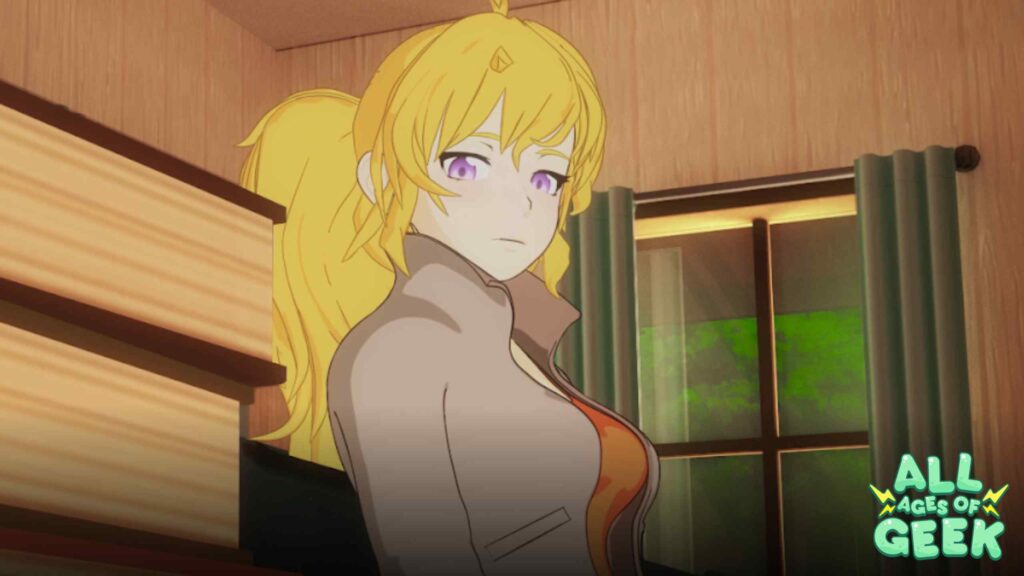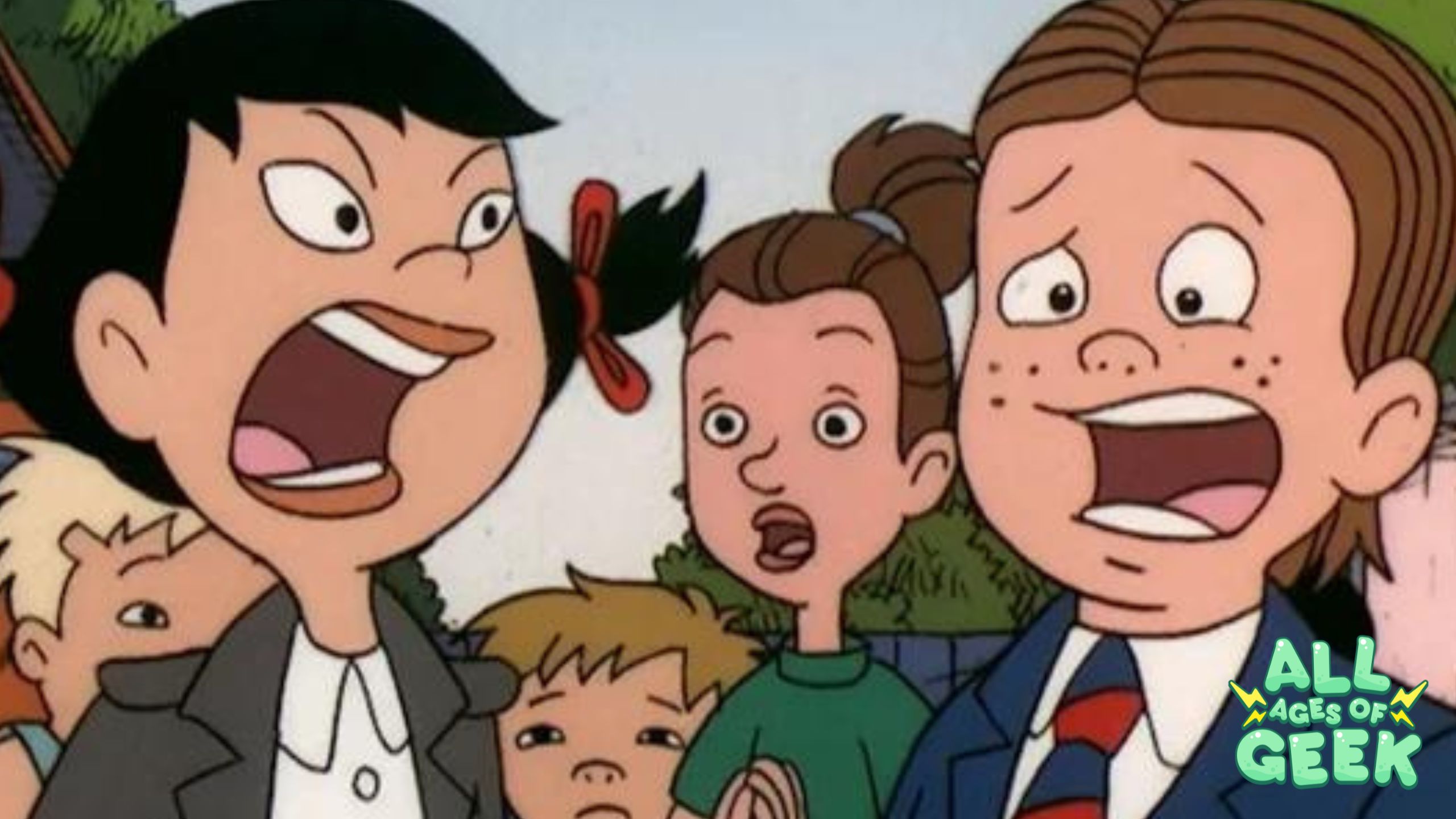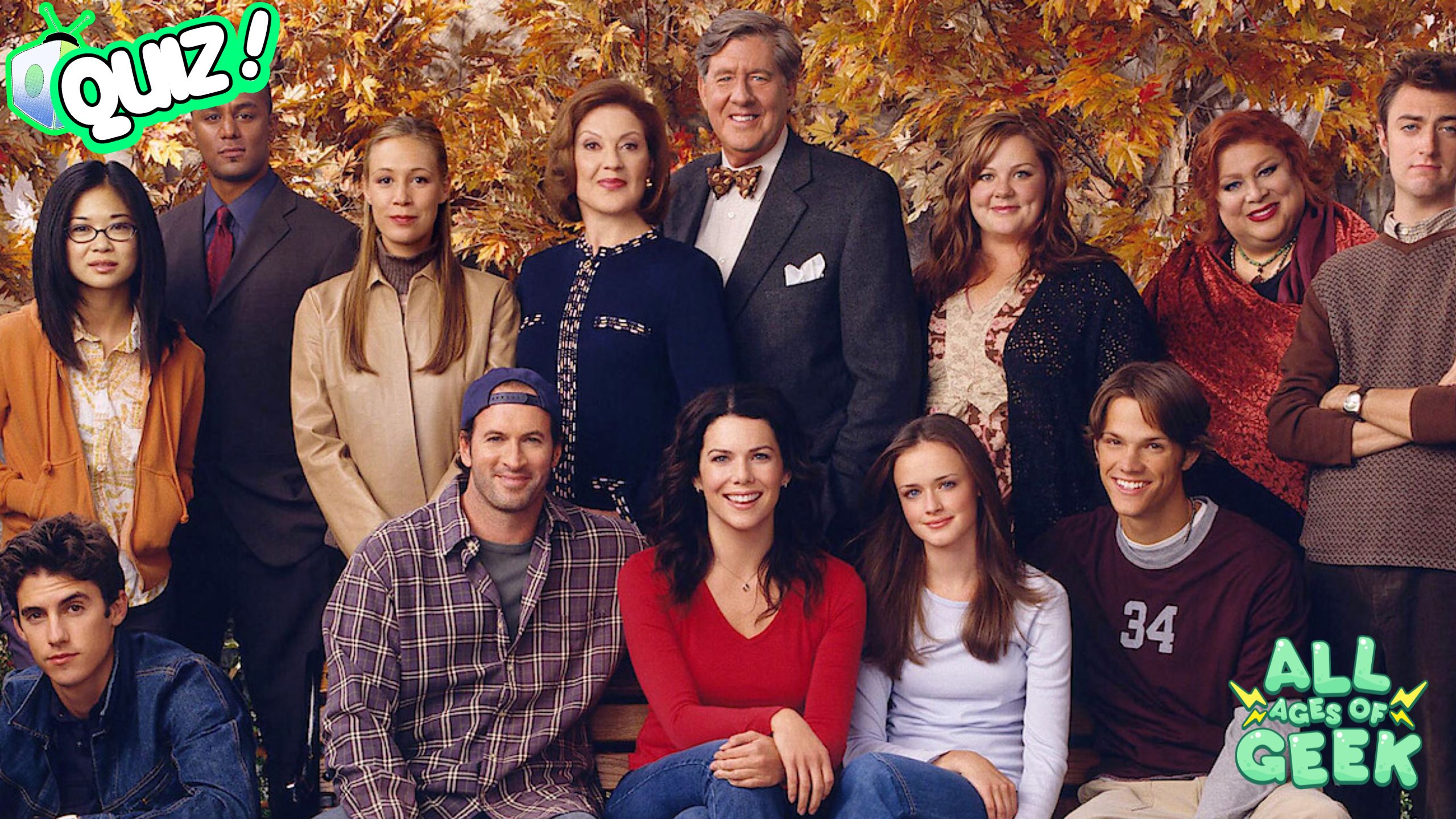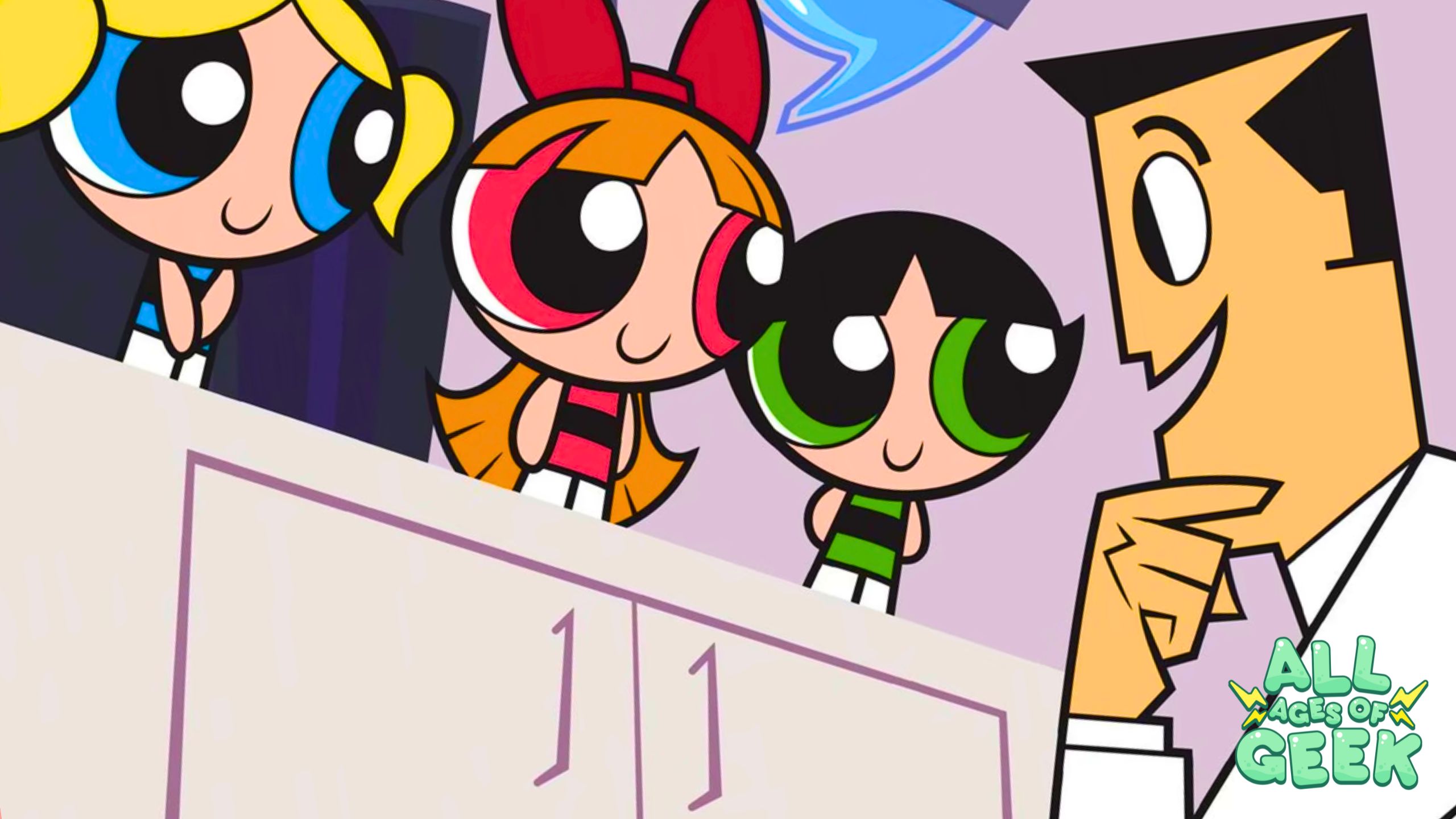Disclaimer: These articles contain in-depth discussion on the topics of mental health/illness and topics such as abuse.
The writer is also not a trained nor certified therapist. However, they have been writing for twenty years with a heavy focus on correct, realistic portrayals of mental health. They have studied PTSD and C-PTSD in depth and speak from personal experience. Of course, they only speak from one point of view as PTSD symptoms and experiences are unique to each and every person. This is done from a clinical viewpoint, using sourced academic literature.
More technical jargon (namely the actual list of symptoms) will be given in more everyday language when and where possible.
—
So we’re finally moving onto a new set of criteria today that deals with avoidance.
C. Avoidance of stimuli associated with the trauma after the event occurred (one needed):
1. Attempting to or avoiding distressing memories, thoughts, or feelings about or closely associated with the trauma
2. Attempting to or avoiding external reminders (people, places, conversations, objects, situations, etc) that create distressing memories, thoughts, or feelings closely associated with the trauma
If you’re a bit confused about how these are different, it’s okay; these two, in particular, are very similar, but they are different. However, in my own personal writing, I’ve found that they tend to go hand in hand. In tracking about twenty-some characters and their PTSD symptoms, I’ve found all of one case of them not going together. They do tend to feed into each other which is why.
These are both about avoiding reminders of the event, but the main difference is internal versus external. The first one is basically just trying to avoid any sort of thoughts or feelings related to the trauma. The second one is about trying to avoid external reminders or triggers. External triggers can feed into distressing thoughts and feelings about the trauma, hence why they can feed into each other.
In this particular case, I think I can make an argument for Yang displaying at least C2, so that’s the one I’ll focus on. C1 would be much more difficult to try to make a case for as it deals with just avoiding thinking about the trauma. As we never really get inside of her head and hear her internal monologue, it’s much more difficult to make a case for.
She does display C2 very strongly through on multiple occasions.
Two of the best examples happen in rather a quick succession in V4 C3. “Of Runaways and Stowaways.”
[Image description: Yang sits on the couch off the right of the frame in the background. Three books sit on the left in the foreground. The bottom one has a burgundy cover. The middle one has a green cover. The top one has a brown cover.]
The first one is when Yang glances at the stack of books then looks away rather quickly. It’s a subtle thing, but she associates books with Blake, so by looking away, she’s avoiding the trauma.
Issue 3 of the DC Comics, “Rebuilding,” illustrates this point pretty well.
[Image descriptions: Two panels from the DC comics.
The first one has a back shot of Yang holding “The Man With Two Souls.” However, only the text “The Man” on the first line and “Two Soul” on the second line is visible.
The second shows Yang throwing the book with a “FLING” sound effect. The bottom of her right arm is still covered in bandages. Text bos says “Just sad.”]
Admittedly, this particular instance is correlated directly to a book that Blake gave her. It still goes to show her reacting negatively to something that reminds her of the trauma. She tosses the book because she doesn’t want to think about Blake leaving.
The second occurrence is when she’s watching TV.
[Image descriptions: Three images.
Top: Yang sits on the couch in her V4 attire in the middle of the frame. Subtitle says. “Multiple rumors continue to circulate as to who was behind the attack at the Vytal festival tournament…”
Middle: Focus shifts to the news screen which is projected. Lisa Lavender is the news anchor. Title on the TV screen says, “White Fang member, Adam Taurus, present during Beacon Grimm attack.” Dialogue subtitle says, “officials have confirmed that high ranking White Fang member, Adam Taurus,”
Bottom: Yang sitting on the couch, slightly off-center to the left of the frame, holding the remote to turn the TV off.]
Honestly, the first shot of this particular is very interesting and something I didn’t think of when originally writing the previous part.
If we go back to the previous set of criteria, we can see a minor incarnation of B5 and perhaps even B4 along with what we’re currently talking about.
Just for reference, here are B4 and B5 again.
4. Intense or prolonged mental distress at anything that resembles part of the traumatic event
5. Noticeable physiological reactions to something resembling part of the trauma
That little expression on her face shows that she is clearly thinking about the Fall of Beacon in general even if not necessarily losing her arm.
The scene does go on for a little while longer, but after the White Fang segment ends, she simply turns the TV off. Basically everything on the news was a reminder of the Fall of Beacon and the state of the city. It’s just a general reminder of what happens, so she chooses to simply not expose herself to it any longer.
The last occurrence we’ll touch on is still in the same episode and, again, rather close to these two scenes. It’s the one with Taiyang bringing in Yang’s prosthetic. It’s a rather interesting one that honestly does a lot of showing while being subtle about it.
[Image descriptions: Two images.
Top: View from the kitchen looking into the living room. Taiyang is in the foreground off-centered left, carrying three boxes in his arms and two bags dangle off them. Yang in the background on the couch, off-centered right.
Bottom: Yang slightly off center-right, looking down at her missing right arm.]
This is the first bit of the scene I’d like to pick apart. Yang watches Taiyang bring in all the packages and mail and then glances at her arm. From the way Taiyang talks and the way Yang acts, it seems like they knew it was coming. Taiyang’s speech, later on, seems to prove it since he’s (somehow) been in contact with General Ironwood.
But the part I want to focus on is Yang’s little glance at her arm. Without really saying anything, you can just sort of see the thoughts in her head. It seems like it basically boils down to “but I lost a part of me. How can you expect me to just replace it so easily…?”
Moving on, we have her opening it.
[Image descriptions: Three images.
Top: Yang sitting on the couch, off center-right. A long white box sits on the table in front of her.
Middle: Close up of Yang’s face with her expression looking distant. Subtitle from Taiyang says, “But you earned this one all on your own, kiddo.”
Bottom: Almost the exact same shot as above with Yang. Subtitle says, “Yang: Huh?”]
This is a pretty interesting little bit of showing as her expression and body language speak volumes as you can see the continuing thoughts.
However, what’s most interesting to me is her reaction while Taiyang’s talking.
I don’t know anything about camera work, framing, or anything of the like, so this is kind of just speculation and personal interpretation on my part.
I feel like this small scene maybe another small example of criteria B3 (Dissociative reactions (ie flashbacks) where the trauma feels like it’s happening again) though much less severe than the example where she drops the glass.
I bring this up is because dissociation occurs on a spectrum from minor, momentary lapses to full-blown flashbacks of some sort. Looking at this scene, it feels like she’s dissociating a little bit. The framing is focused upon her face and her expression looks rather distant. We have Taiyang talking in the background which is used in a lot of animation to indicate someone’s not listening. And then you have a slight pause before her “Huh?” which means she wasn’t really listening.
As someone that literally lives their entire life dissociated, this really feels like a subtle way of showing a small lapse into it. She’s spacing out, but it’s because she’s remembering everything she went through. She doesn’t seem to quite know how to cope with what’s in front of her, so she just lapses out for a moment.
And then comes the last bit.
Image description: Yang sitting on the couch, center frame. Her gaze is down and to the right and hair covering her eyes. Subtitle says, “Maybe later?”]
Here’s the avoidance.
This scene is very short without much said, but it’s expertly shown. As somebody with PTSD, honestly, this is a fantastic representation of how much more subtle it can be and almost always is. As I said in the primer, PTSD isn’t just about loud noises and flashbacks; it a subtle thing that changes your behavior. You do things like this. Even if something would be beneficial for you, it makes you avoid it because you don’t want to experience those thoughts and feelings again.
With this covered, we can move onto Set D: alterations to the mood and perception of the world.
Sources:
Ciccarelli, S. K., & Noland, J. (2014). Psychology : DSM 5. Pearson.










